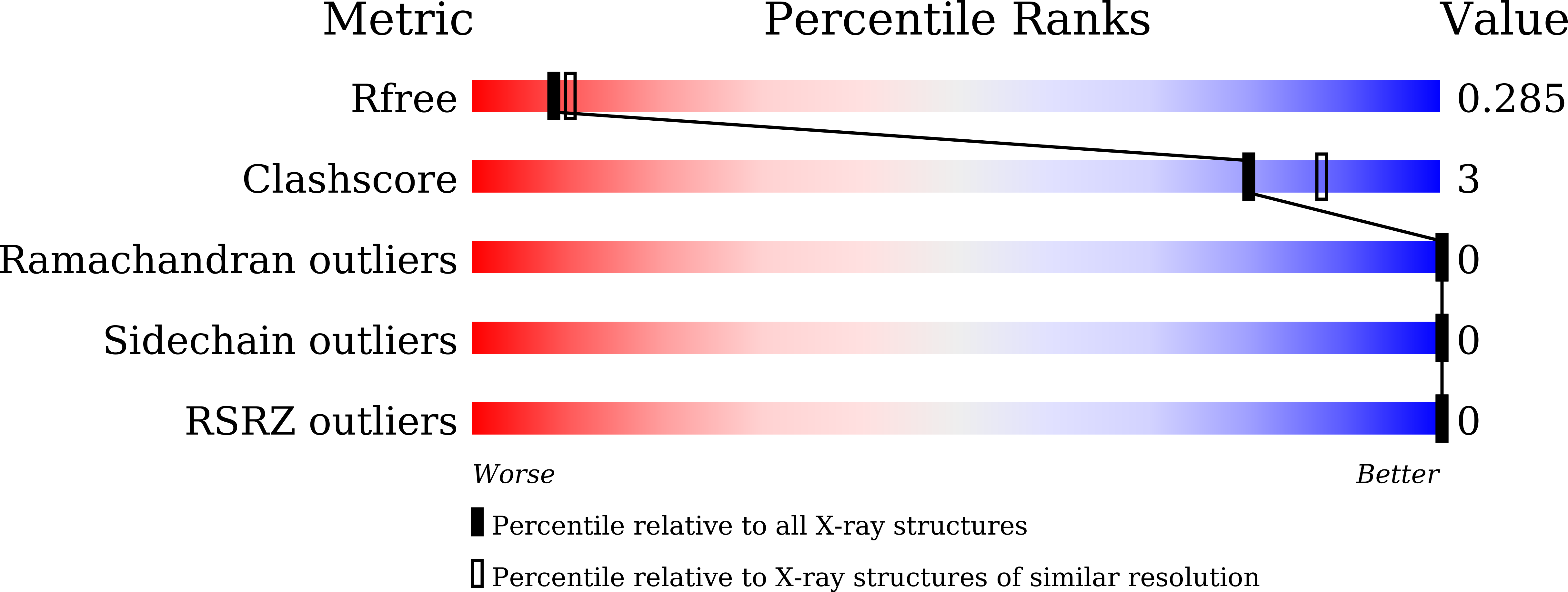
Deposition Date
2020-05-07
Release Date
2020-10-14
Last Version Date
2024-11-13
Entry Detail
PDB ID:
7C28
Keywords:
Title:
Unusual quaternary structure of a homodimeric synergistic toxin from mamba snake venom
Biological Source:
Source Organism:
Dendroaspis jamesoni kaimosae (Taxon ID: 8619)
Host Organism:
Method Details:
Experimental Method:
Resolution:
2.40 Å
R-Value Free:
0.28
R-Value Work:
0.24
R-Value Observed:
0.24
Space Group:
I 2 2 2


